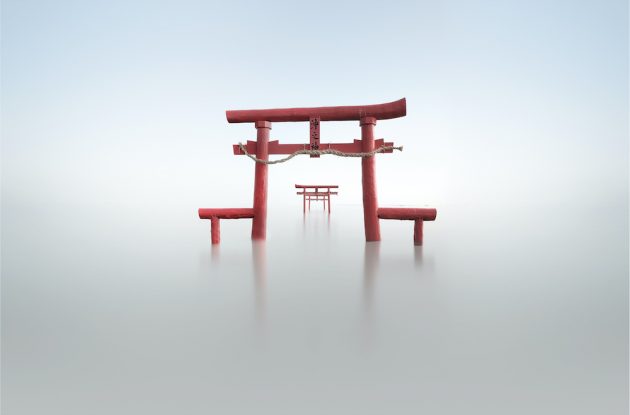
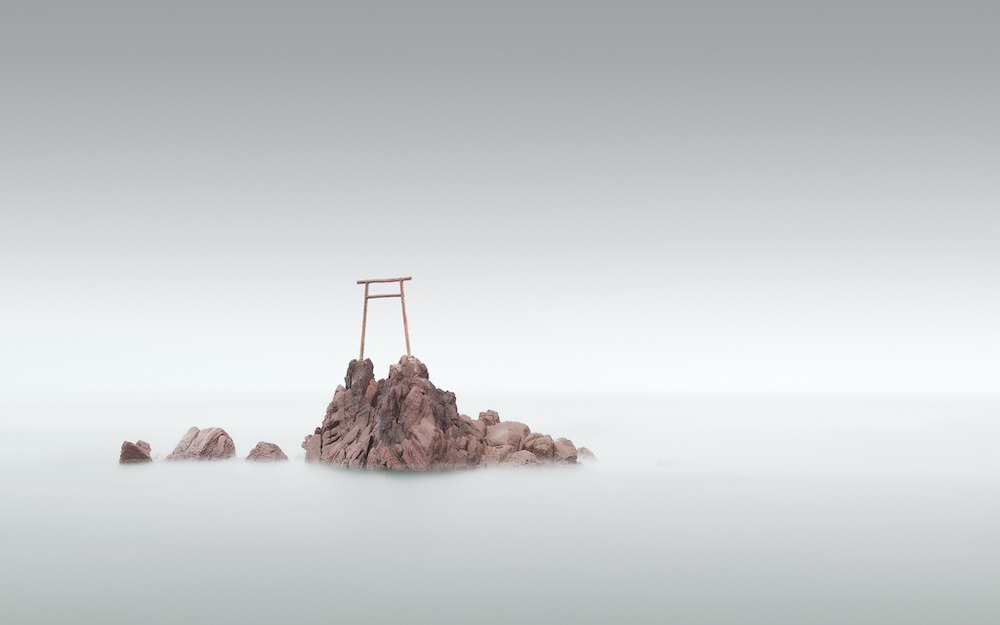
MB: As a photographer from Puerto Rico, now living in the US, what drew you to Japan?
I have been attracted to Japan since my late teens. I never really got into the the manga or anime culture but always had an appreciation for the natural and cultural beauty of the country. I still remember once I went to college and got my first apartment I had it decorated in a Japanese style.
Torii shrine gates feature prominently in your photographs, which are of course linked to Shinto, as is Mt. Fuji. Could you talk about why you are so drawn to them?
Torii gates have so much aesthetic value and simplicity on their own, and to be honest that was the first thing that drew me to them; there is something magical about a torii gate floating in the middle of a lake or shoreline. Once I got more immersed in the study of Japanese culture and religions I developed a parallel appreciation and respect for the symbolism and cultural importance they have to the Japanese people.
Japanese aesthetics have strongly influenced my work and, although I struggle to understand them, I expose myself as much as possible to the philosophy that underlies them. It can be challenging, as a foreigner, nonetheless they have taught me and given me a new appreciation for the way I see the world and hope to learn more as I continue to explore them.
You asked me about Mt. Fuji and it has become a four leaf clover of sorts: It was my first stop during my first visit to Japan distinctively remember making a bee line directly from Narita to Shin-Fuji. It really is a special place: first of all it’s is such a beautiful mountain, aesthetically pleasing to the eye and it fits within the landscape in such a precise way that it is hard to dismiss the cultural value it has for the Japanese. Second, the place it holds for the Japanese both as a natural wonder and a spiritual icon permeates a lot facets into the way I like to portray “her” — as the late photographer Koyo Okada would say.

There are also implicit links to Zen philosophy in your focus on a singular subject out of a negative space.
The concept of ma (間) plays a major role in my photographic vision. There is a famous quote that describes perfectly how I see it in my photography: “Music is the space between the notes.” It is that use of space, or rather negative space, in my work that I appreciate the most and I feel adds aesthetic value to the ideas I try to convey.
The other concept that I feel of shibui, which means something similar to the phrase: “less is more.” I have found that I can convey my vision with fewer elements and most of the time is not what I add but what I take out that “adds” to the final image.
Simplicity and tranquility are things that we don’t get to appreciate a lot in these times and if I can transmit at least a small part of this I feel my efforts have been fruitful. Appreciation for that ever present harmony and respect between nature and man. This harmony has always been a cornerstone of the Japanese culture and depicting it in a sympathetic manner is something I aim for.
I also like to draw inspiration from different Japanese artistic disciplines, e.g sumi-e ink paintings, the way of flowers (kadō), as well as the designs and the philosophies behind the tea ceremony. The more I immerse myself into Japanese culture I discover new sources of inspiration.
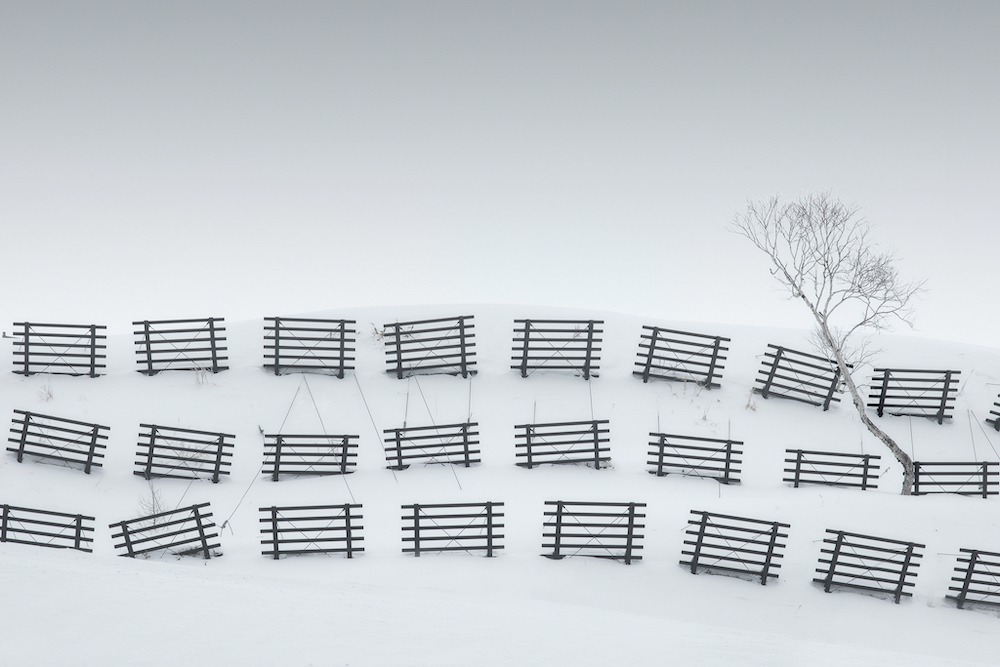
How did your experiences in Puerto Rico (and the US) influence the way in which you captured Japan photographically? Looking at your portfolio of photographs of Puerto Rico, your colour palette and focus seems very different. Do you you tend to shoot what you see in front of you, rather than with any particular mindset?
I have always felt a clear connection between Puerto Rico and Japan from my very first visit, breaking it down to the most basic level. Both are islands strongly linked to the sea and with rich cultures. Being raised on an island taught me to appreciate the way the sea interacts with the land, and although I probably didn’t realize back then, I do now and I can see some striking similarities down to their cores.
Sometimes when I am in Japan, I see Japan with my “Puerto Rico eyes” and when I am Puerto Rico I see it with my “Japan eyes”; so similar yet so different.
My color palette has been influenced by both places, I can’t steer away from my tropical upbringing but Japan has taught me to distill my previous experiences and help me develop a more subdued palette. I do love to play with colors and has always been intrigue in how in Japan a color can be so much more than what it is; aotake-iro (green bamboo), sora-iro (sky), etc. I tried to incorporate those intricacies into my aesthetic choices while developing my images.
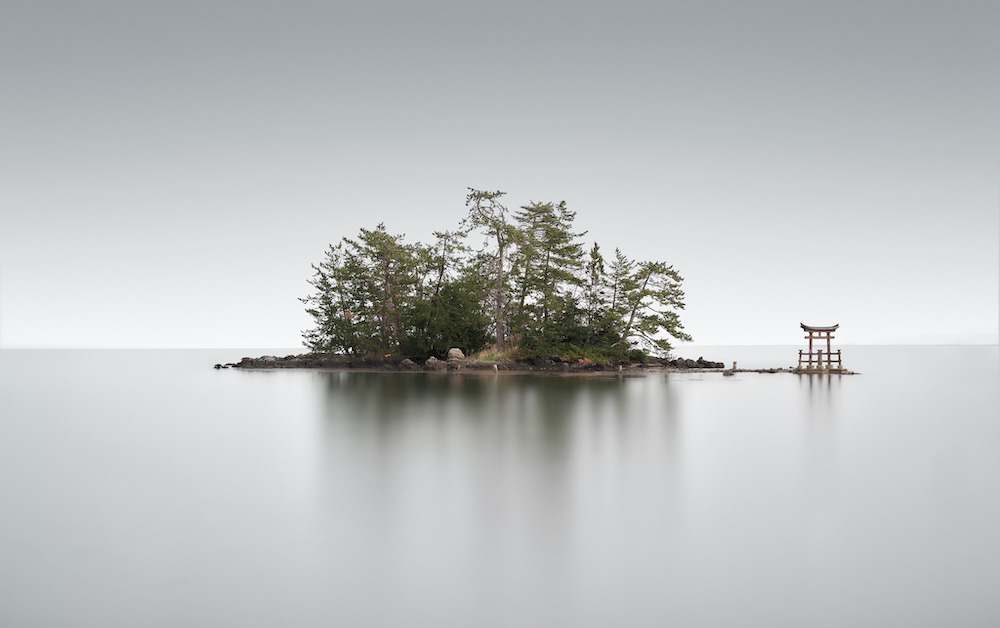
How would you describe your connection to Japan at present?
This one is difficult to put into words. It is like a relationship with a friend that has a lot to teach me. It is challenging, motivational and enlightening in so many aspects.
Photography was the original driving factor but it has evolved into so much more: a thirst to learn and be exposed to its rich history, culture and natural beauty. Kyoto Journal has played an integral role too. Since becoming aquainted with KJ I have been introduced to so many like-minded people and exposed to other aspects of Japanese culture, other photographers, etc who I had no previous knowledge of.
In one phrase: I am tied to Japan by a photographic curiosity.
Could you explain to readers the type(s) of camera and techniques that you employ to produce your style of photography?
I use standard digital cameras for the most part but I have also used cameras modified for infrared photography. This last one shoots exclusively in black and white and it opens a whole way of looking at the world.
Regarding the techniques that I use, in addition to conventional photography I use two techniques in my photography. The first one is long exposure photography with the help of ND filters. This technique helps me remove any possible distractions from the scene and helps create a certain atmosphere or look. The second one is the use of long lenses to help isolate element and stitching multiple images with these lenses to create panoramas, and this helps me convey my vision and provide the viewer a visual experience as close as possible without losing perspective which tends to happen with wide angle lenses.
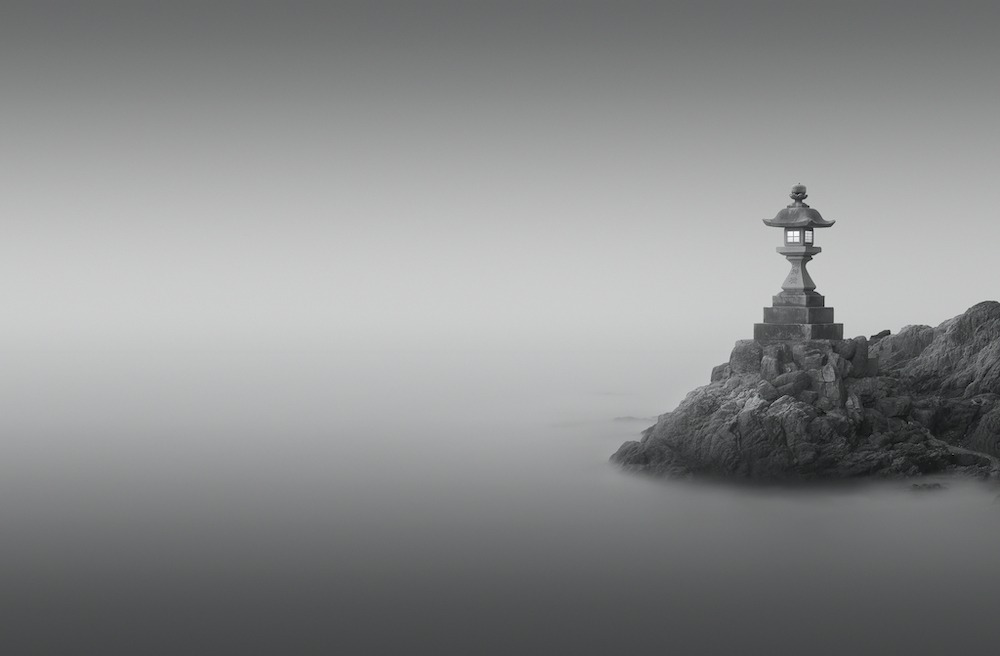
Download new digital issue KJ98: ma, a measure of infinity for just $5
